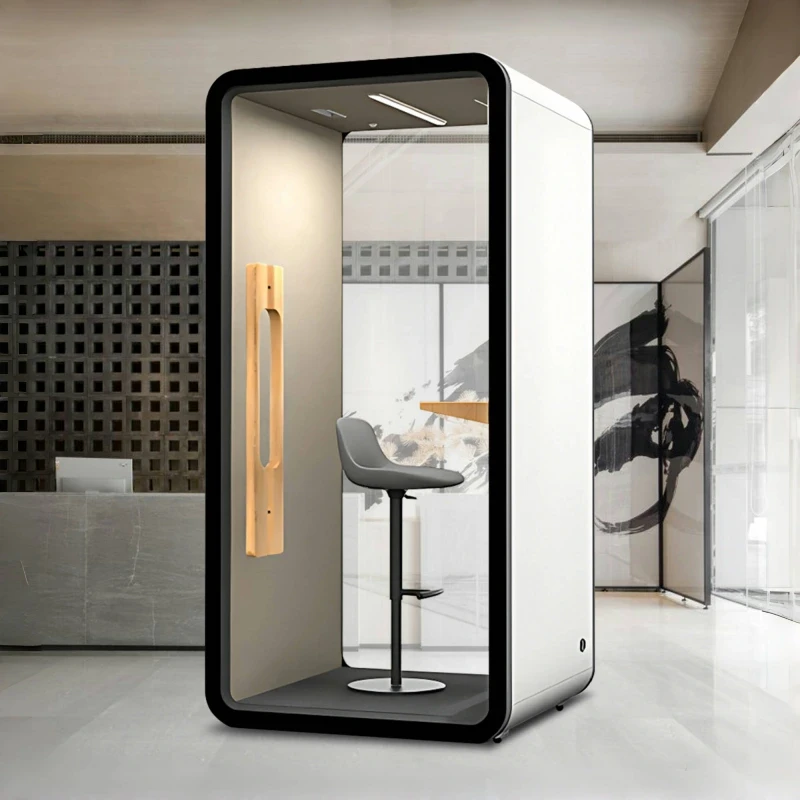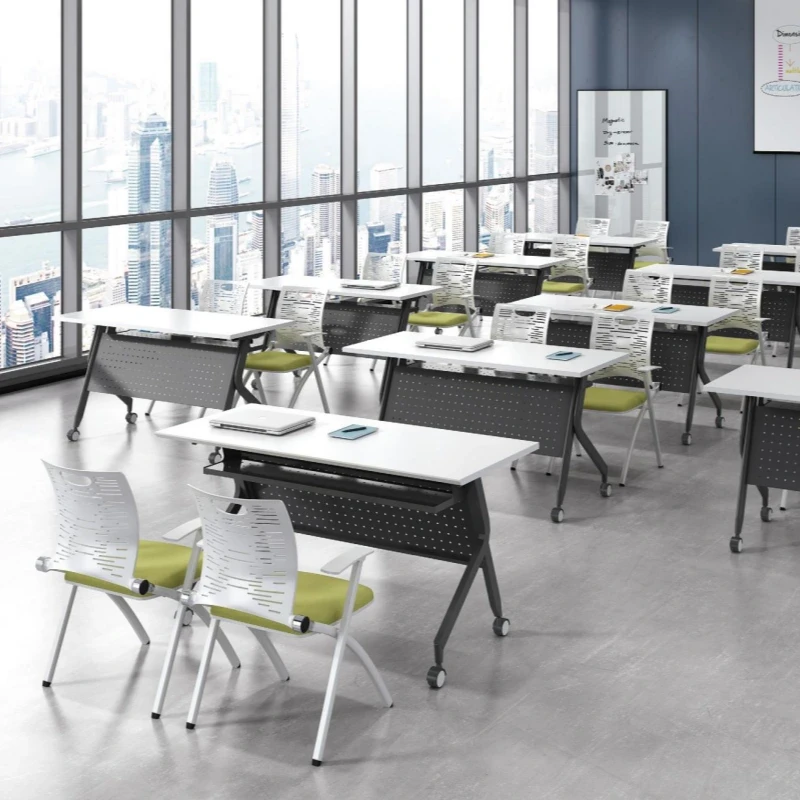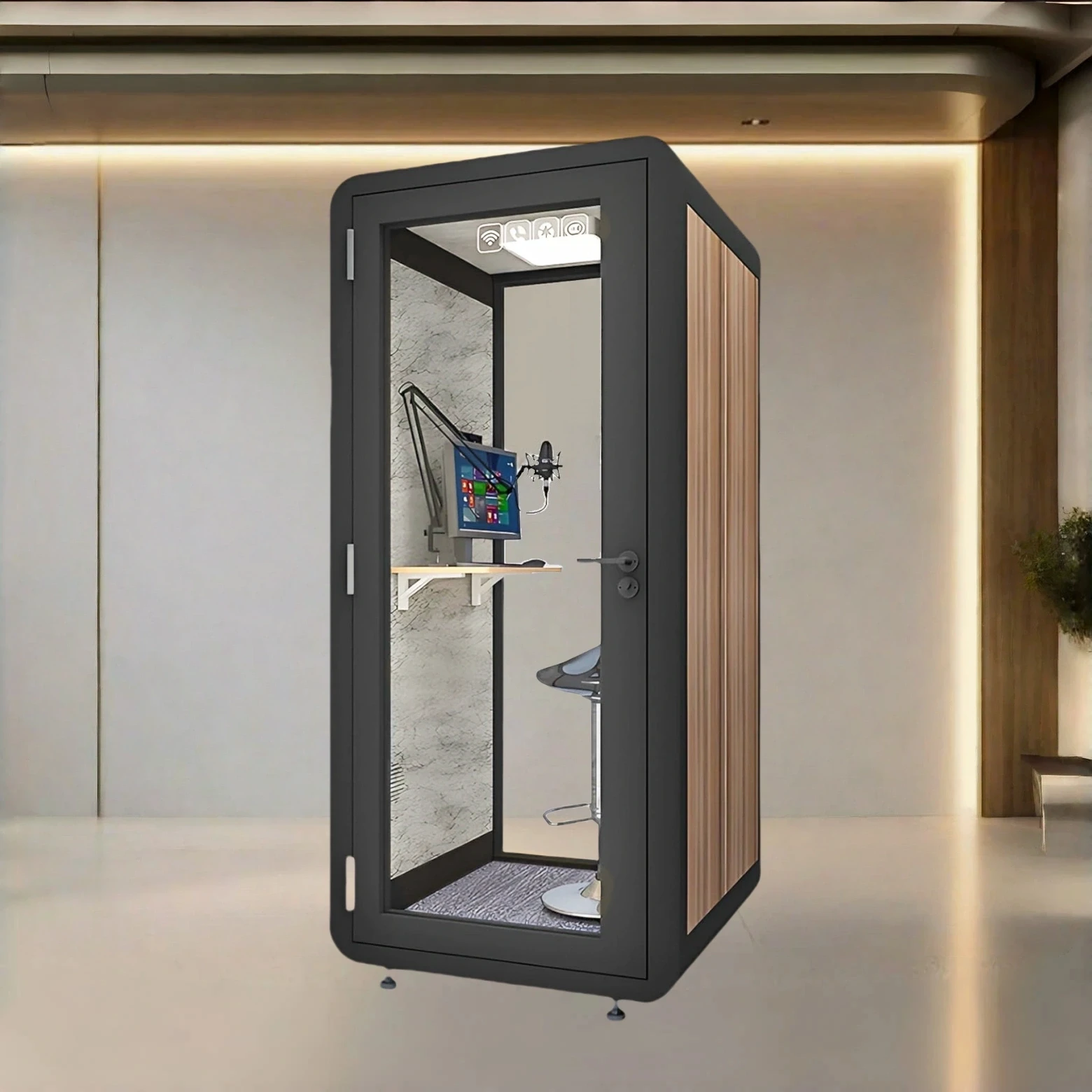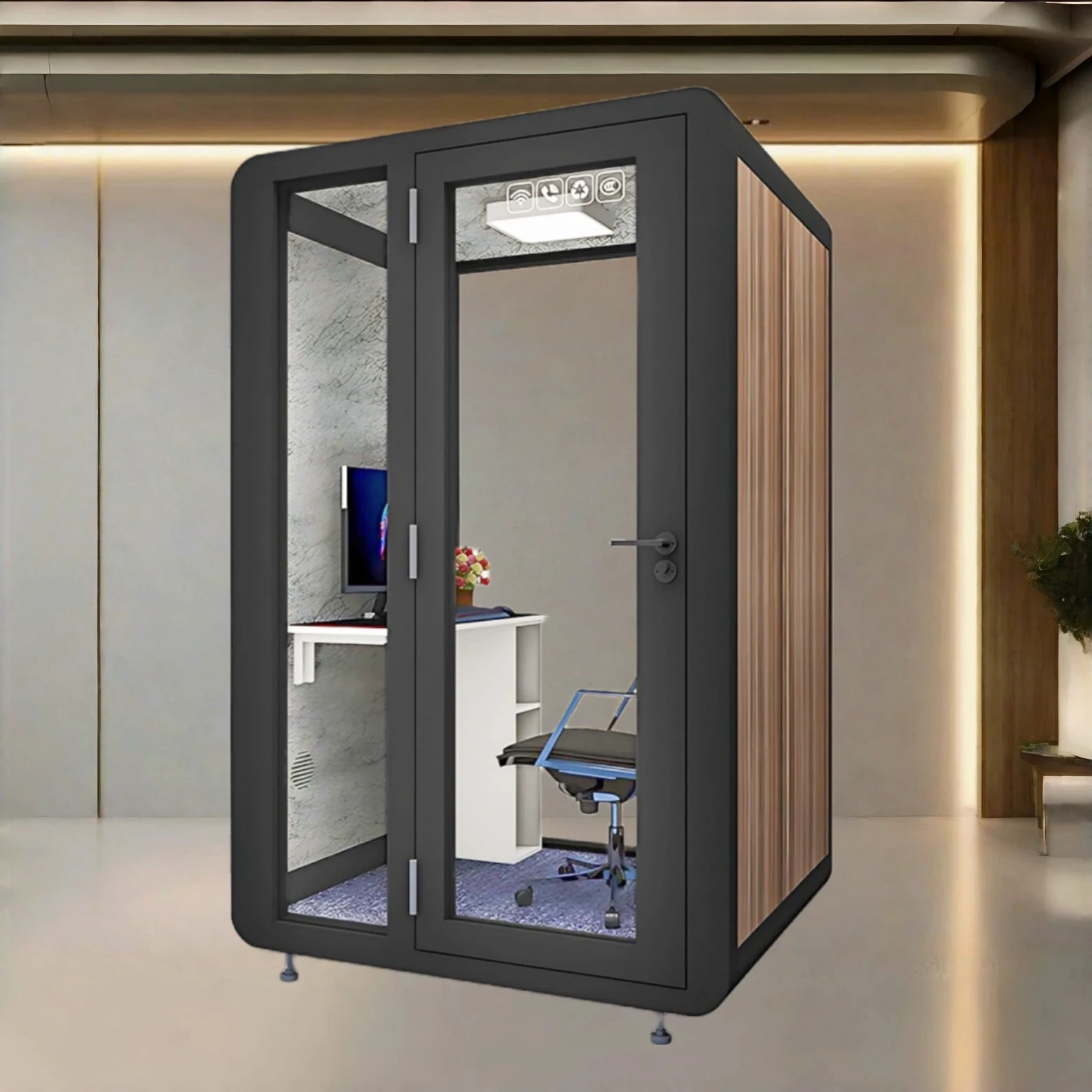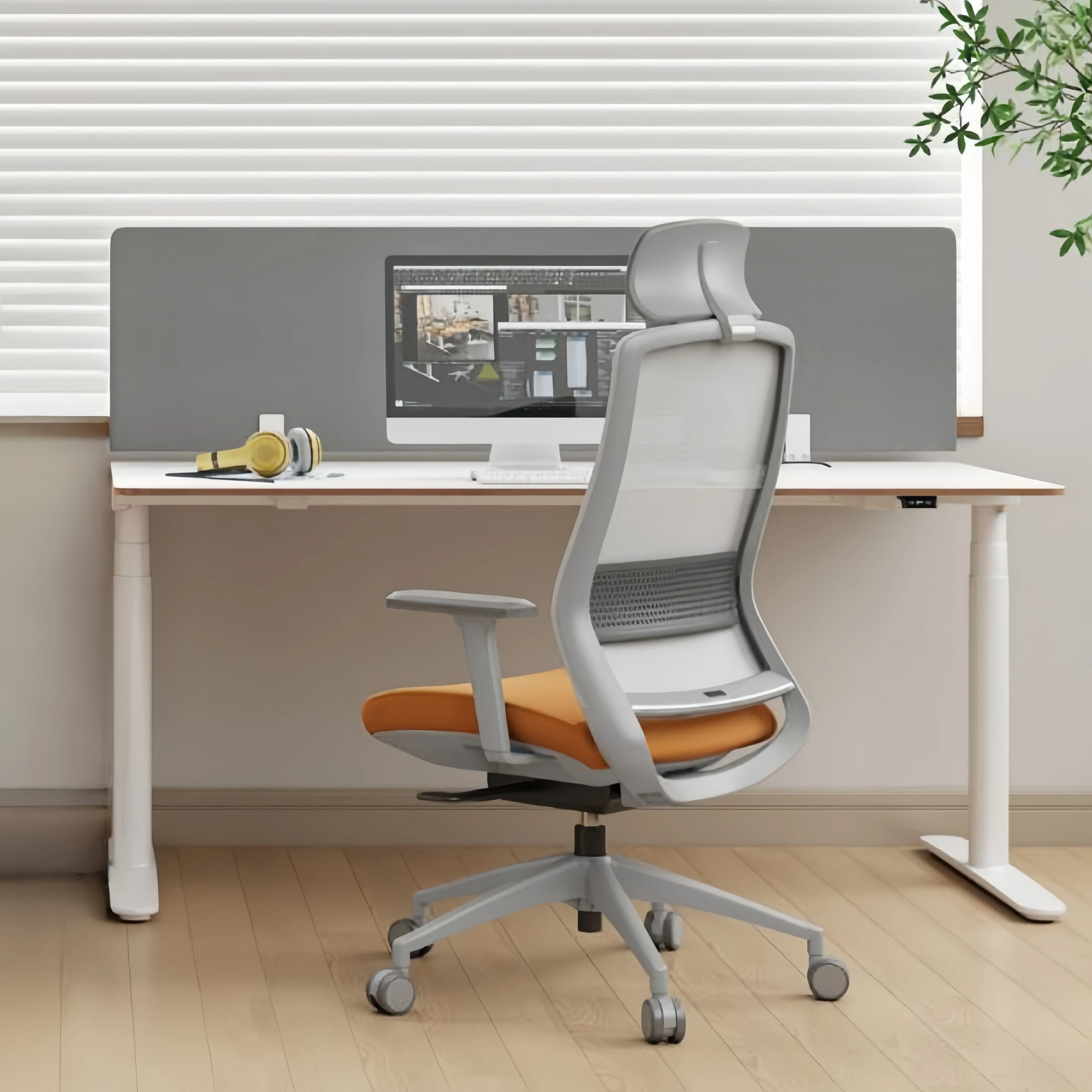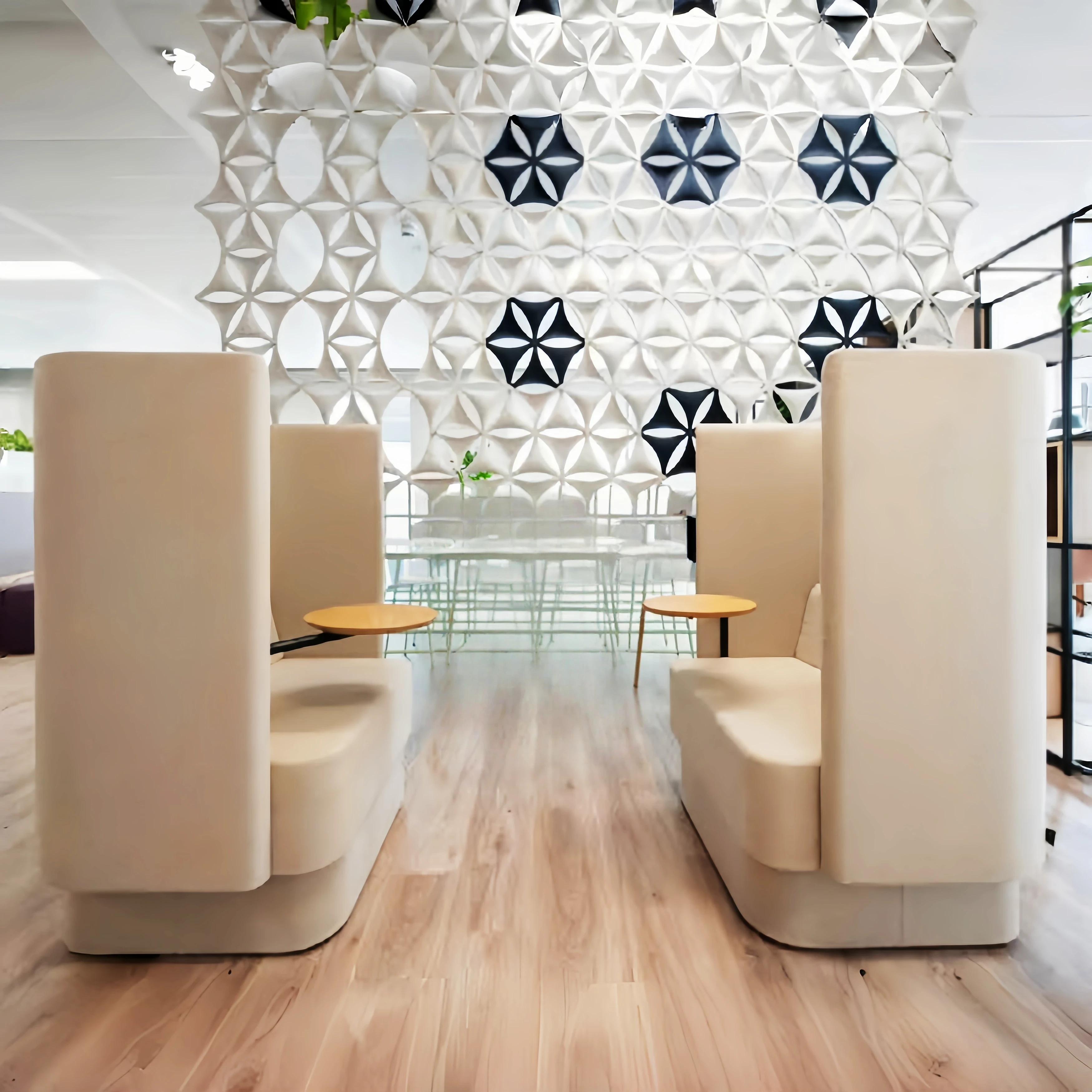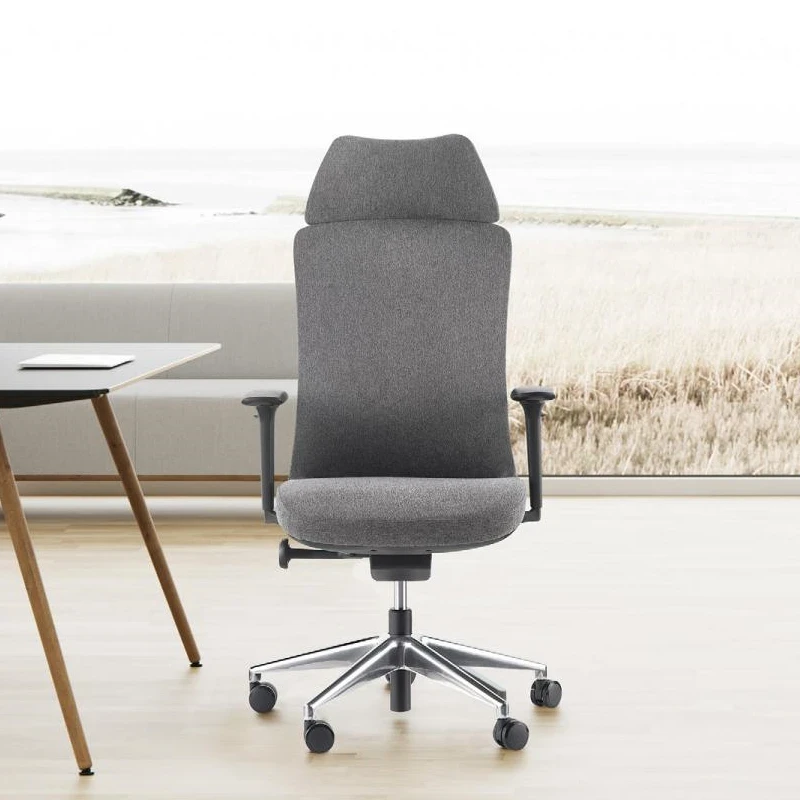In recent years, the media has been hyping the dangers of prolonged sitting, and standing desks have become extremely popular. But is standing desking truly healthier than sitting?
To discuss this question, we need to first clarify the following concepts.
1. What is a standing desk?
As the name suggests, standing desking involves replacing prolonged sitting with standing desks for daily work. However, maintaining a standing posture throughout the day is admittedly challenging, so the most recommended work posture is to alternate between standing and sitting, allowing for simple activities within a small area.
Although standing desks haven't yet become fully popular in China, they have long been a favorite among major high-tech companies internationally. Facebook introduced standing desks in 2011, and its founder, Mark Zuckerberg, even promoted them.
Facebook founder Mark Zuckerberg's office scene
In June 2018, Apple CEO Tim Cook also pledged to equip every employee at its headquarters with a height-adjustable desk. In Silicon Valley, known as the mecca of technological innovation, standing desks are ubiquitous. Some even offer treadmill desks for exercise.
Creative and Active Workplace
II. Definition of Sedentary Behavior
According to the Sedentary Behavior Research Network, sedentary behavior is defined as any waking activity characterized by an energy expenditure of ≤1.5 metabolic equivalents (METs) while sitting, reclining, or lying down.
In other words, if you sit for more than 8 hours a day while awake for more than 5 days a week, or if you remain seated for 2 consecutive hours without moving or changing your posture, you are considered sedentary.
So, does this suggest that most people meet the criteria for prolonged sitting?
Now that we understand the definitions of standing and sitting, let's examine whether standing desks are truly healthier than sitting.
1. Standing Desks vs. Sitting
1). The Dangers of Prolonged Sitting
Common health issues faced by office workers include: neck pain, vision loss, lumbar disc herniation, lumbar muscle strain, lack of exercise, poor posture, and obesity. These problems are most likely caused by prolonged sitting.
As early as 2014, Public Health England issued a national health initiative: "To stay healthy, stand at your desk for one hour a day." British health management experts believe that both office workers and students should increase their standing time, as it can effectively help prevent obesity, various cancers, and heart disease.
A 2016 study published in the British medical journal The Lancet noted that the number of obese people worldwide has skyrocketed over the past 40 years, from 105 million in 1975 to 650 million in 2020, a sixfold increase. Some scholars believe this is primarily due to people becoming less physically active and spending more time sitting.
The harms of prolonged sitting are indeed significant. So, does standing desks, as an alternative to sitting, truly improve human health?
2. Benefits of Standing at the Desk
1) Reduced Risk of Heart Disease
Prolonged sitting, combined with a normal diet, is particularly prone to the accumulation of lipids in blood vessels, which can lead to heart diseases such as coronary heart disease and myocardial infarction. Data shows that women who sit the longest have the highest risk of cardiovascular disease. For every additional hour of sitting, their risk of cardiovascular disease increases by 12%, and their risk of heart disease by 26%.
Standing improves circulation, promoting cardiovascular health.
2) Reduced Back, Neck, and Lumbar Pain
The human spine is composed of five sections: the cervical, thoracic, lumbar, sacral, and coccyx.
Although humans have evolved to walk upright, this has left a significant legacy: increased load on the spine. The transition from walking on all fours to walking on two legs has resulted in an S-shaped spine to cushion the impact of upright walking, resulting in the development of fragile intervertebral discs.
Prolonged sitting, especially when maintaining poor posture, places the weight of the upper body on the lower back for extended periods, significantly increasing the strain on the spine and leading to a high incidence of cervical and lumbar spondylosis.
Standing at work can effectively alleviate the strain placed on the body by prolonged sitting. According to the journal Rehabilitation Medicine, a person bears 100% of the stress when standing, which is two-fifths of the stress borne when sitting forward. By reducing the overall strain on the cervical and lumbar spine, the body naturally feels less aches and pains.
3) Reduces Fat Accumulation
Sitting for extended periods can lead to poor blood circulation, especially in the lower body, making it more likely to cause thick legs and a small belly. Compared to prolonged sitting, which primarily accumulates fat in the lower body, standing fully utilizes all leg muscles, activating them and burning calories, thus minimizing excess fat accumulation.
4) Improves Work Efficiency
Previous research has shown that selective attention is enhanced under stress, and standing can be considered a form of stress. David Rosenbaum studied changes in selective attention in different postures under the stroop paradigm. The results showed that regardless of whether the subjects were sitting or standing, they experienced some degree of distraction, but those standing responded more quickly to the distraction. This experimental result suggests that standing allows for better concentration than sitting.
A study by Texas A&M University found that employees who switched to standing desks saw a 46% increase in productivity, further confirming the impact of standing on concentration.
5) Stimulating Inspiration and Creativity
Sitting is inherently closed and restrictive, while standing allows for a more open posture, allowing for greater exposure. This can help spark inspiration and boost creativity. This openness is reflected not only in moments of creative inspiration but also in a surge of energy and enthusiasm.
3. Misconceptions about Standing Workspaces
1) Reducing Fat Accumulation Does Not Mean Weight Loss
Standing can indeed reduce fat accumulation, but it definitely does not reduce weight. (If standing could help you lose weight, then losing weight wouldn't have to be so hard.) Data shows that standing burns only 0.15 calories more per minute than sitting, which is a negligible amount for weight loss.
So, if you really want to lose fat, it's best to exercise.
2) Standing at the Desk Doesn't Guarantee Varicose Veins
Both standing and sitting for extended periods can cause varicose veins, but the main cause is maintaining the same posture for extended periods. If you use your free time to move around, your risk of varicose veins will definitely decrease.
3) Standing at the Desk Doesn't Mean Exhaustion
Many people believe that standing requires more effort than sitting, and therefore, compared to sitting, standing makes people more tired. This is a misconception. While standing does consume more energy than sitting, it also stretches the body, improves work efficiency, and ultimately boosts enthusiasm and energy. (Of course, standing or sitting for long periods of time can be tiring!)
2. "Standing Desk" Differs from Individual to Individual
The "standing desk" referred to here primarily refers to a work style that alternates between standing and sitting.
This varies from person to person, primarily because everyone's work and physical fitness vary. There's no precise time allocation, as some people may need to stand all day, while others may have knee injuries and struggle with prolonged standing. However, for the average sedentary office worker, you can try standing after sitting for an hour and a half to two hours (for reference only).
3. Standing Desk: The First Step to Health
Finally, rather than saying standing desk is inherently healthy, it's better to say it's the first step toward a healthy body. Compared to sitting for long periods, which can lead to stiffness, standing desks make it easier to get up and move around a little. It's a small action, but it matters a lot.
It's also a great way to prevent cervical and lumbar spine problems. For young people, starting a standing desk early and paying attention to your health can help prevent spinal problems. I hope everyone will try this work style.

 USD
USD
 GBP
GBP
 EUR
EUR





